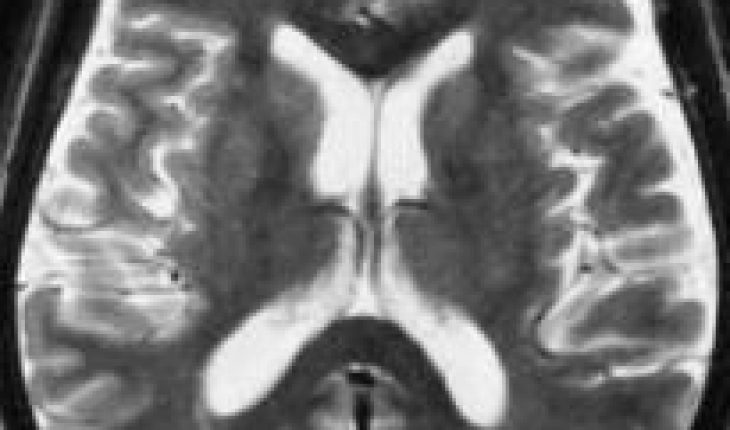Creutzfeldt-Jakob disease or CJD is a degenerative neurological disorder that causes death typically within a year after the onset of symptoms. The disease is considered rare and affects one in one million individuals on a yearly basis. The three categories used to define CJD are: sporadic CJD, hereditary CJD, and acquired CJD. Sporadic CJD is the form of the disease which manifests without the individual having any known risk factors. Hereditary CJD is the form which is closely linked to an inherited factor, while Acquired CJD is the form which is transmitted through infected brain tissue.
Creutzfeldt-Jakob disease is a transmissible spongiform encephalopathies. The disorder presents certain characteristics that makes it distinguishable from other neurological degenerative diseases. Under a microscope infected tissue looks spongelike because of the presence of holes that develop during the course of degeneration. The disease is often not easily diagnosed. It may be mistaken for other neurological disorders and, as a result, true confirmation of the disorder may be derived only after an autopsy is performed.
Symptoms of Creutzfeldt-Jakob disease
Creutzfeldt-Jakob disease exhibits symptoms closely related to Alzheimer’s, and other similar neurological disorders. Among the first symptoms that usually appear are personality changes, coordination issues, poor judgement, lowered cognition, and decreased memory functioning. Additional symptoms are depression, strange sensations, and insomnia. Within a period of months mental degeneration becomes more obvious. Gradually, patients begin to lose control of muscular coordination, causing muscle jerks (myoclonus). The final stages of the disease includes loss of the ability to speak and then coma.
Variants of the disease may cause slightly different symptoms. Individuals affected by new variant Creutzfeldt-Jakob disease or nv-CJD typically experience psychiatric symptoms with the disease running a longer course from the initial manifestation of symptoms up until death. This form of the disease typically affects younger people.
Causes of the disease
There are different theories on what causes the disease. The currently accepted theory suggests that the disease is caused by a prion, a type of protein. Prions are usually harmless and are found within the cells of the body. There are some forms of prions that are infectious. It is believed that the normal inactive prions may, by a mechanism unknown, change into infectious prions and modify other prion proteins within the cells causing the development of the disease. The prions bond to each other forming the spongelike structures that induce brain degeneration.
Inherited CJD arises when there is a mutation within the genes that code for prions. It is a dominant trait, which means that once there is a history of the disease in a particular family, then each family member is at risk. Yet, the mutations that occur do not necessarily lead to the development of CJD.
CJD Transmission
CJD is not transmittable through the air, or casual contact with an infected person. Typical modes of transmission include exposure to brain tissue, and spinal cord fluid from an infected person. In addition, the disease may be transmitted through corneal transplant, injections of growth hormone, and grafts of dura matter. Because of the prion’s inability to be effectively destroyed through sterilization, instruments that make direct contact with infected brain tissue are disposed of. The disease has also been linked to consumption of contaminated meat products, in particular, beef derived from cows with BSE (mad cow disease). However, no direct evidence has been provided to substantiate this theory. CJD has not be found to be transmittable through blood and blood products, although scientist are not entirely certain about the safety of using blood from infected individuals.





